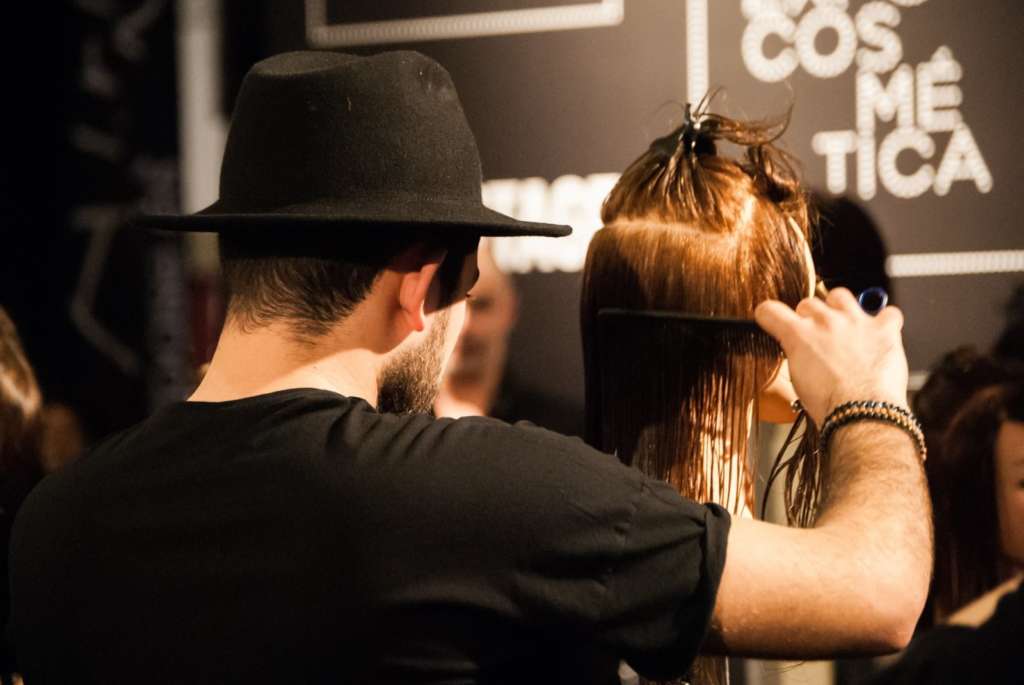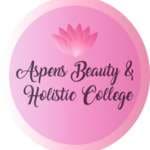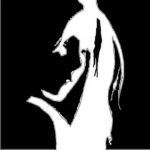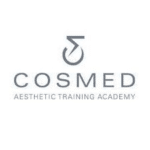Hairdressing has always been with us. From the earliest times, people have styled, braided and decorated their hair. In the ancient world, women used flowers, berries and petals to decorate their hair – similar to the flower crowns popular at summer music festivals. Richer women used jewellery, ivory and metal hairpins. In the Roman Empire, hair conveyed wealth and status – the more outrageous a woman’s hairstyle, the wealthier she was.
Hair was important to men too. The emperor Nero – he of fiddling fame – had an elaborate hairstyle with curls and sideburns. Wealthy men emulated his style. Hadrian was the first Roman emperor to wear a beard. After him, beards become popular for emperors and the ruling classes.
Hair has long been used to as status symbol. It is also used as a marker of personal style and even political beliefs. Consider history that is more recent: In the 1960s, male hippies wore their hair long symbolising rejection of conservative values. In the 1970s, young people expressed their anger at society by adopting spiky punk hairstyles. The 1980s were a time of excess and big hair was popular with rock stars, film stars and regular folks too. The 1990s gave us long, unstyled grunge hair. However, it also gave us the preppy “Rachel” popularised by Jennifer Aniston in the TV show Friends. In the 2000s and beyond weaves and extensions became common. Every woman seemed to want big, flowing “rich girl” hair.
No matter how difficult times are – think Victory rolls during World War 2 – we don’t ignore our hair. We may have “bad hair” days, but most of us take time and trouble over our “crowning glory.”
Why do it?
There are always jobs for talented hairdressers. Most work in salons, but others work on film sets, in television studios or style hair for catwalks and other performances.
This is a career for people who enjoy being creative, but who want a regular salary too. If you have imagination and are able to visualise how a particular cut or colour will look on different people, you’ve got the makings of a great hair stylist.
Personal qualities always impact how well we do in our professional lives. Hairdressing is no different.
Firstly, you should be a good listener. That means you need to be happy to listen to clients who want to talk about their lives, problems, families or work. However, it also means that you really need to listen to what your client wants before you pick up your shears. Some clients are not very clear. Great hairdressers make sure they understand their clients. Unexpected surprises have no place in a hair salon!
Furthermore, you’ll need honesty and tact. On occasion you’ll know that a cut, colour or trend just won’t work for someone’s hair, look or lifestyle. A great hairdresser will be willing to say so, without giving offence, as well as suggest something more appropriate.
Last – but not least – the best stylists have extensive training. The adage, “practice makes perfect” really applies to hairdressing. Great stylists learn many different techniques. In addition, they are happy to incorporate new trends and new tools their skill sets. The best hairdressers are always keen to learn new tricks!
What’s involved?
There is no shortage of hairdressing courses in Ireland. There are classes for rank beginners as well as experienced hairdressers. There are also evening courses available for people who wish to retrain as hairdressers.
Introductory courses typically last for around eight to ten weeks. Students who enrol in these courses can expect to learn the basics in cutting, perming, colouring, and up-styling.
Students who have completed their first year apprenticeship may enrol for the Junior Trade Examination class.
The Senior Trade Examination Class is for students who have done two years’ apprenticeship. Students with six years of industry experience can progress to the Masters Diploma in Hairdressing. This course takes two years to complete. This course also covers the business of running your own salon.
Finally, there are shorter courses that concentrate on a particular aspect of hairdressing. These are limited to people working as hair stylists as they teach advanced techniques.
You can click here for more information about hairdressing courses across Ireland.

















